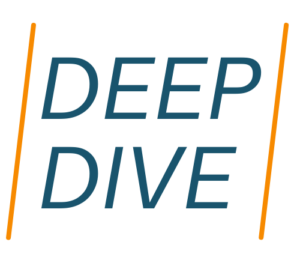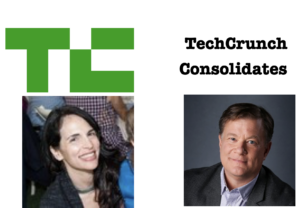
SWMS Deep-Dive, Part 2: TikTok Targets in Tier 1
What exactly is Tier 1 publishing on TikTok, and is it pitchable? So few PR pros know because when they do find themselves on TikTok, they are probably not visiting, say, The Economist.

What exactly is Tier 1 publishing on TikTok, and is it pitchable? So few PR pros know because when they do find themselves on TikTok, they are probably not visiting, say, The Economist.

You need to be logged in to view this content. Please Log In. Not a Member? Join Us

Bloomberg last fall launched a 60-day marketing campaign with the message, “context changes everything.” In 2024 the “context’ messaging has continued, in the form of promoting Bloomberg’s opinion content.

What can tech PR expect in terms of AI coverage in February, March and April? As part of a valet consulting request, a subscriber asked us to do some thinking on that. Below is what we came up with.

TechCrunch suffered layoffs yesterday. At least five editors were affected

Perhaps you saw our Nov. 30 analysis of narrative story formulas that continually appear in Tier 1. The idea would be for PR pros to contour their story pitches to fit one of these formulas, since publications are writing these kinds of stories anyway.

UK-based Enterprise Times has an interesting proposition this year for B2B agency folks: instead of pitching weak news and hoping for the best, why not pay for prominent publication at an affordable rate?

Tech media changed today with the merger of TechTarget and Informa PLC, which calls itself “a leading international events, digital services and academic knowledge group.”

We’ve probably overcovered Fortune this year relative to other publications, but only because the 94-year-old publication outperformed everyone else in the industry. That was then. Fortune may struggle in ’24 to replicate 2023’s success. Here’s why.

You need to be logged in to view this content. Please Log In. Not a Member? Join Us
YOUR ACCOUNT
FRIDGE NOTES
Indy media business experts Brian Morrissey and Jacob Cohen Donnelly have built two very successful businesses with both newsletters and face-to-face events. Axios has noticed this and has decided to get into the event space focusing on the economics of publishing, which of course is a topic close to home. Announced this week: an Axios event coming up in September. Hosts: Sara Fischer and Kerry Flynn.
ServiceNow has launched a special report on Fortune to jumpstart strategic spending on AI, illustrating workarounds for implementation problems, and otherwise illuminating the path to integrating AI into software operations. This is a branding exercise, of course, and perhaps is a sign that earned media is just not going get a strategic job done.
AIQ shows a big idea and how to leverage the prestige of Fortune without having to pitch stories to accomplish that same objective: you can just buy shelf space. In the case of AIQ, Fortune hired freelancer Sage Lazzaro — who used to work on staff there to create high-level content. So let’s keep an eye on this project, monitoring how well-respected it is… and whether its content gets surfaced in search engines.
Here are the details — Choose from 5 categories and 30+ subcategories. The awards are being promoted by Bhava Communications, an SWMS subscriber.
The guy also is the full-time “chairman” of Bally and Sassoon. On top of that, he’s also chairman of Foundry and 13 other companies. Well, 14, if you count his own private equity firm. How much time will he put into TC, understanding the subtleties of tech edit?
Julie opens up to host Dave Reddy.. it’s a good listen. BVM is a SWMS subscriber.